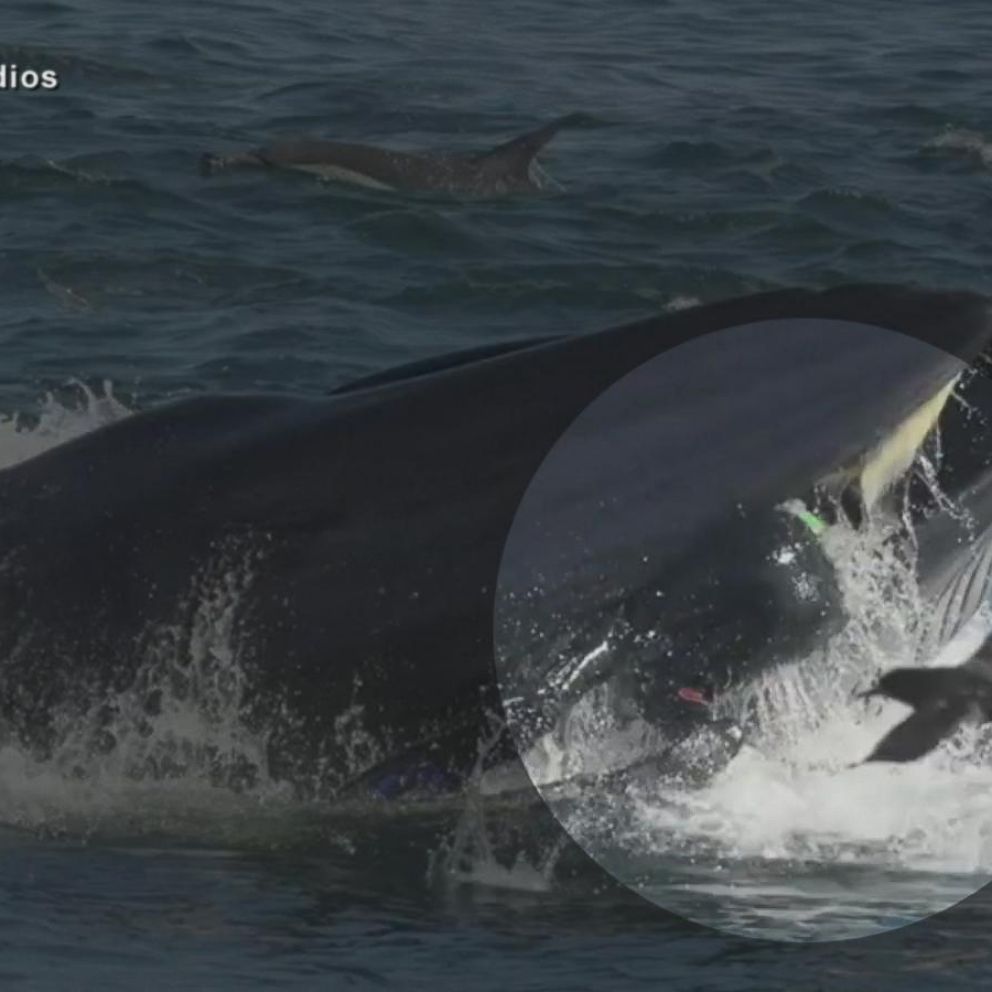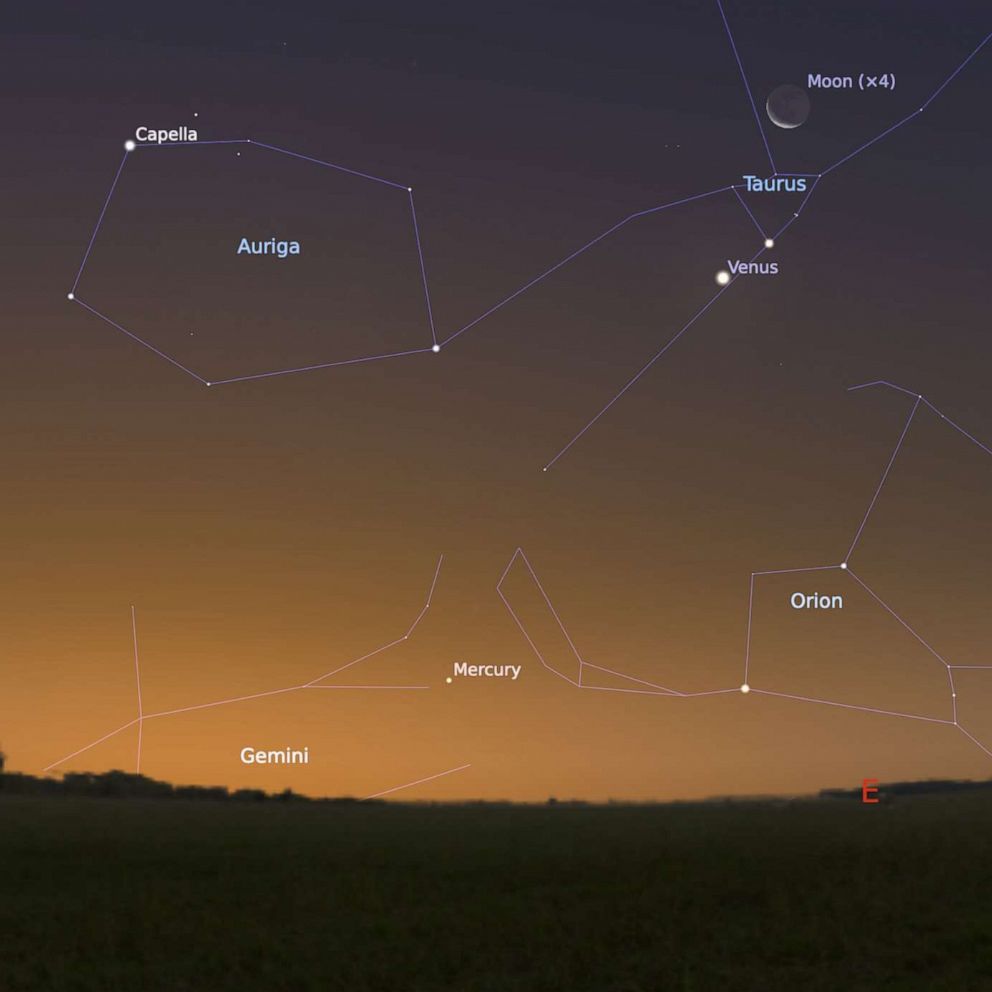Say hello to Kamakai, the world's biggest tiger shark
"It was so much bigger than what you would expect," Kori Garza said.
Earth's oceans are full of big surprises -- something Kori Garza knows better than most.
The marine biologist has been on thousands of shark dives around the globe through the years and gets a "serene feeling" when she's in the water with the "big beautiful predators." But nothing could prepare her for the massive shadow that approached from the murky depths of the Pacific Ocean in November 2018.
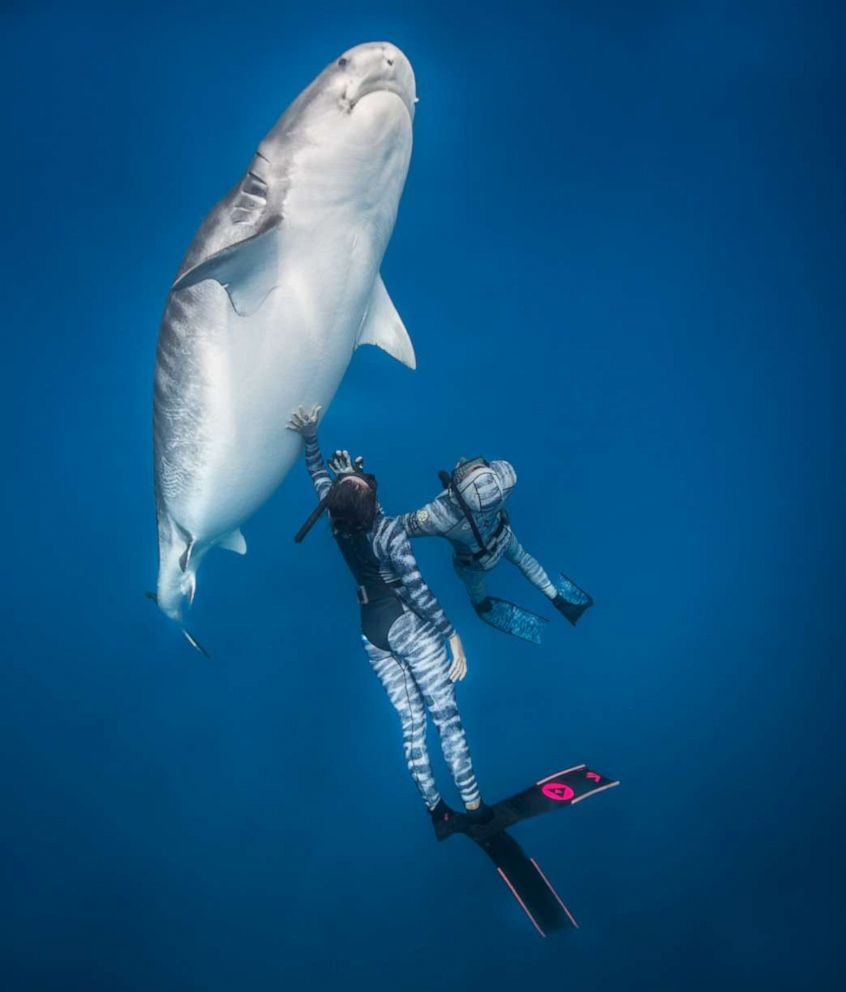
"We all just paused, jaws dropped and were like, 'Now that's a shark,'" Garza said. "It was so much bigger than what you would expect anything in the water to naturally be coming towards you."
Tiger sharks are the second deadliest in the ocean and normally reach about 12 feet long. The longest on record used to be 15 feet. This gigantic creature, who Garza and her team named Kamakai, measured in at 18 feet based on their estimations -- larger than the boat used for the voyage.
"Her mouth couldn't even close she was so big and she couldn't really move her fins," Garza explained. "They were kind of stuck in this position and she was slowly swimming around. Much rounder than normal, but very calm and comfortable -- wasn't aggressive or territorial."
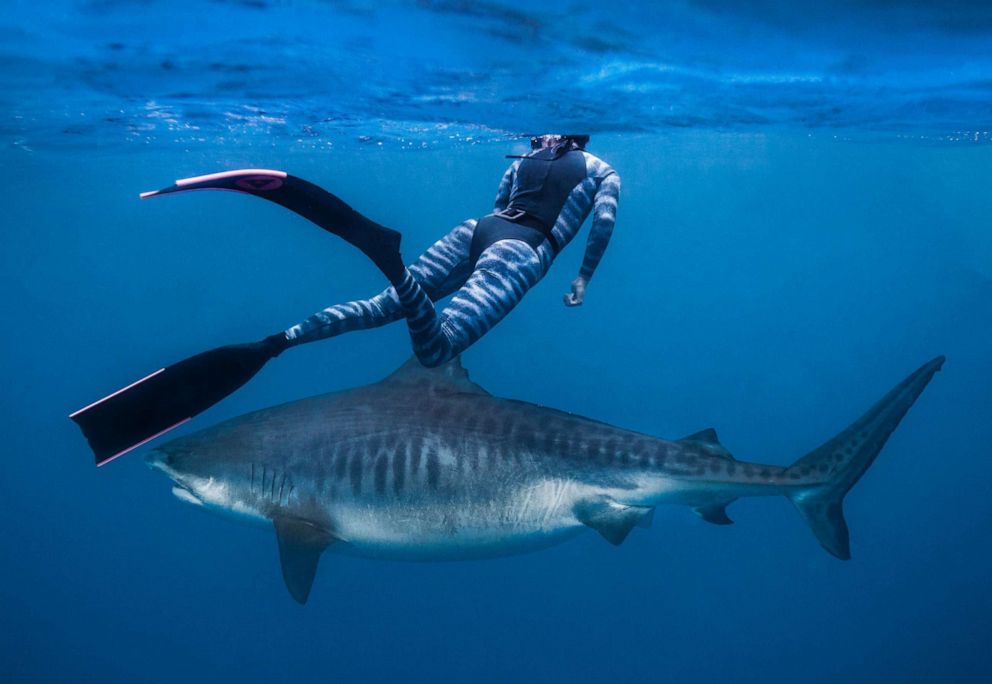
Garza's crew only had an hour with the apex marine predator before it moved on. The team was diving at a shark sanctuary in French Polynesia, which meant no tagging as they would have been forced to capture the animal -- a practice banned in the region since 2006.
In Garza's new documentary, "World's Biggest Tiger Shark?" -- part of National Geographic Wild's "Sharkfest" season – she's joined by cinematographer Andy Casagrande for a mission to find and film Kamakai once more, while searching for any clues that might explain why sharks in the South Pacific seem to be growing bigger each year.
"When I came here I was so shocked there was this amazing hot spot for tiger sharks and nobody was talking about it," Garza said. "It made me think of how many tiger shark hot spots are out there waiting to be found, especially in this region."

As the team searches for Kamakai, they look for unique features that distinguish the animal from other giant tiger sharks they may happen upon, including stripe pattern, dorsal fin and white lines around the mouth.
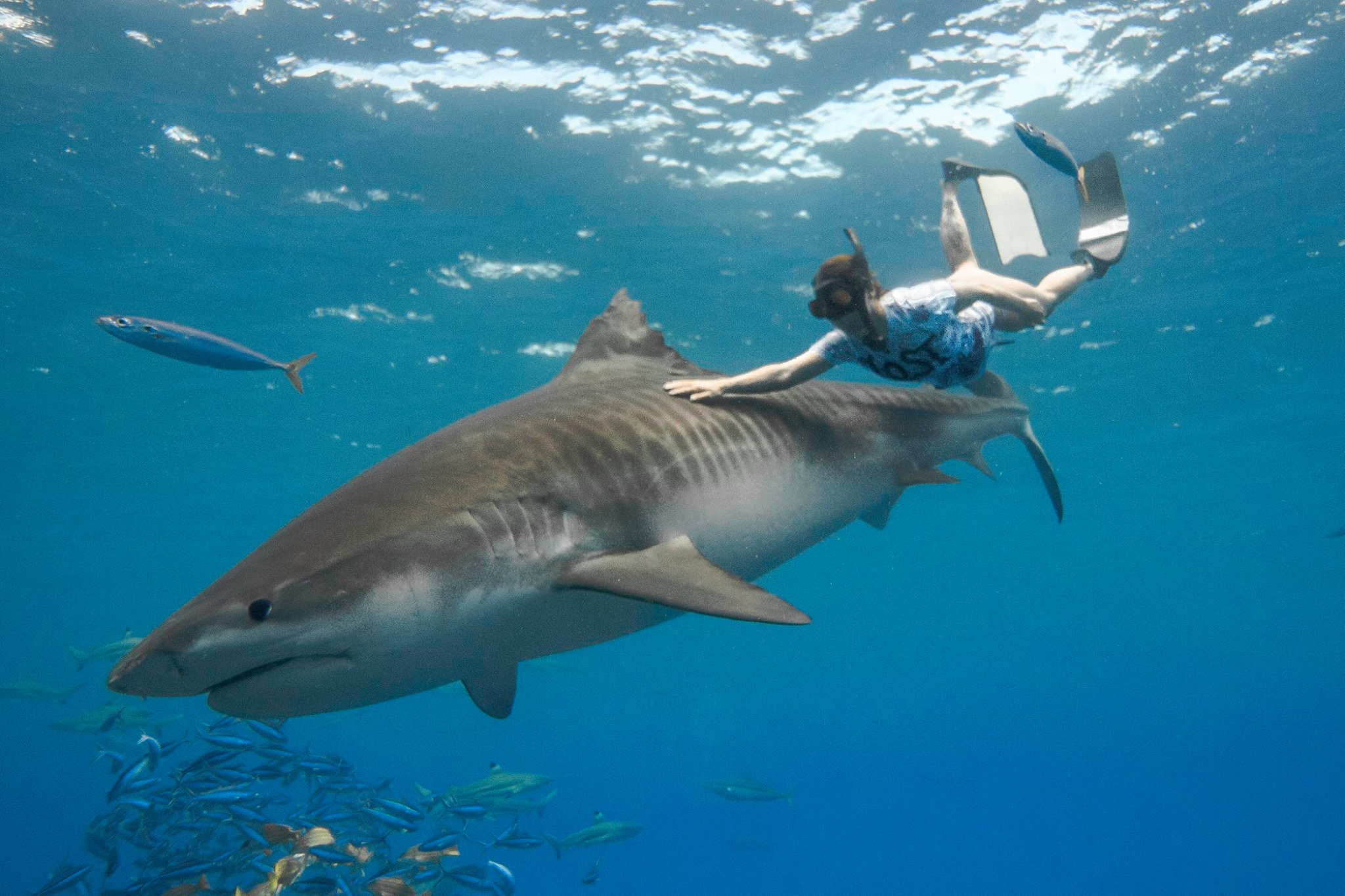
Garza, who grew up in St. Louis, said she became intrigued with sharks after watching "Jaws" as a child, and took a particular affinity for Richard Dreyfuss' character, Hooper, in the classic film.
"It was the coolest thing I've ever seen," Garza said. "When I saw the marine biologist, I thought, 'Wow, I want that job. How do I get that job?'"
A few years later she found herself at Hawaii Pacific University studying for her dream job. She's been diving with sharks for a decade.
Garza said she hopes to show people tuning in to "World's Biggest Tiger Shark?" new information on the predators, including never-before-seen hunting tactics and uncommon filming locations.
"Almost everything you see from tiger shark documentaries is from the same spot -- Tiger Beach, Bahamas. I'm excited to share the French Polynesian, Tahitian sharks because it highlights our shark sanctuary, one of the biggest in the world," she said. "It's important to see how these sanctuaries support ecosystems with these big predators on top."
"World's Biggest Tiger Shark?" premieres July 19 at 8/7c on National Geographic. An encore presentation will follow on Aug. 11 at 9/8c on Nat Geo Wild.
